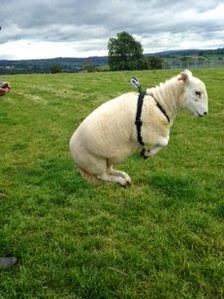Geographies of Co-Production: highlights of the RGS/IBG ’14 conference
The 3 days of the Royal Geographical Society (with IBG) or RGS/IBG annual conference are always valuable, as they provide an opportunity to catch up with the current themes in (mostly human) Geography. While I spend most of my time in an engineering department, I also like to keep my ‘geographer identity’ up to date as this […]![]()






